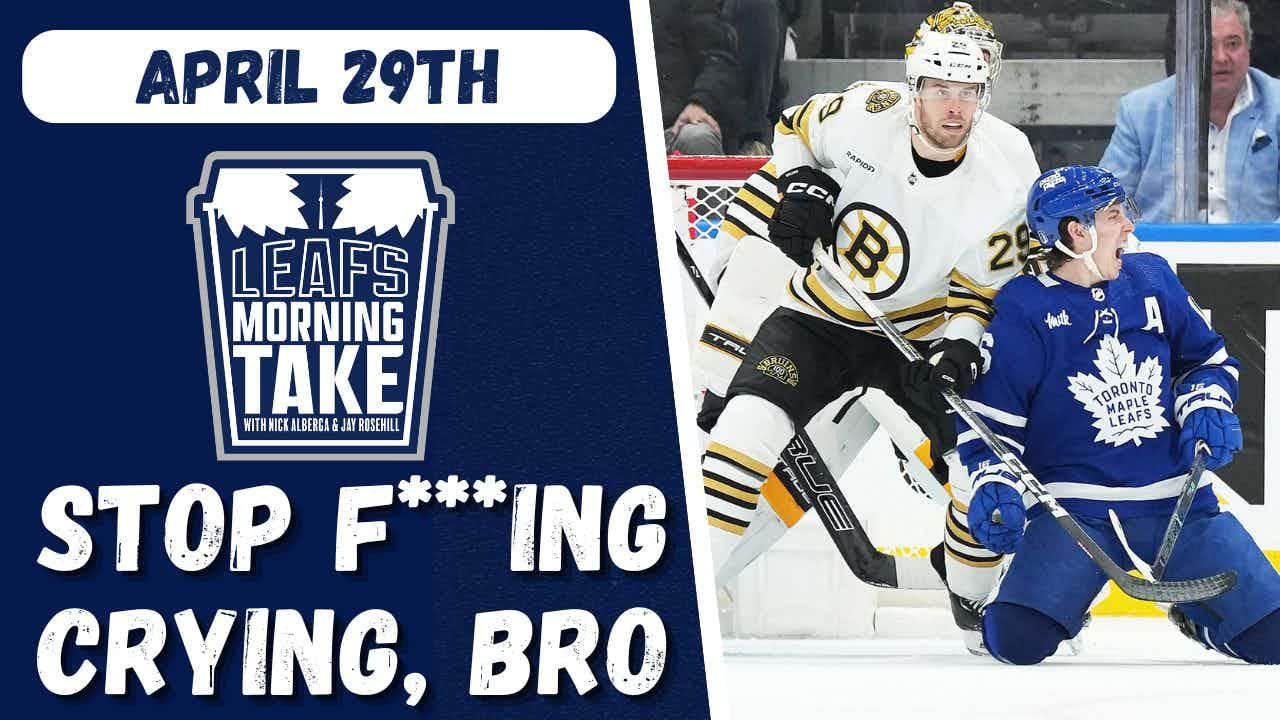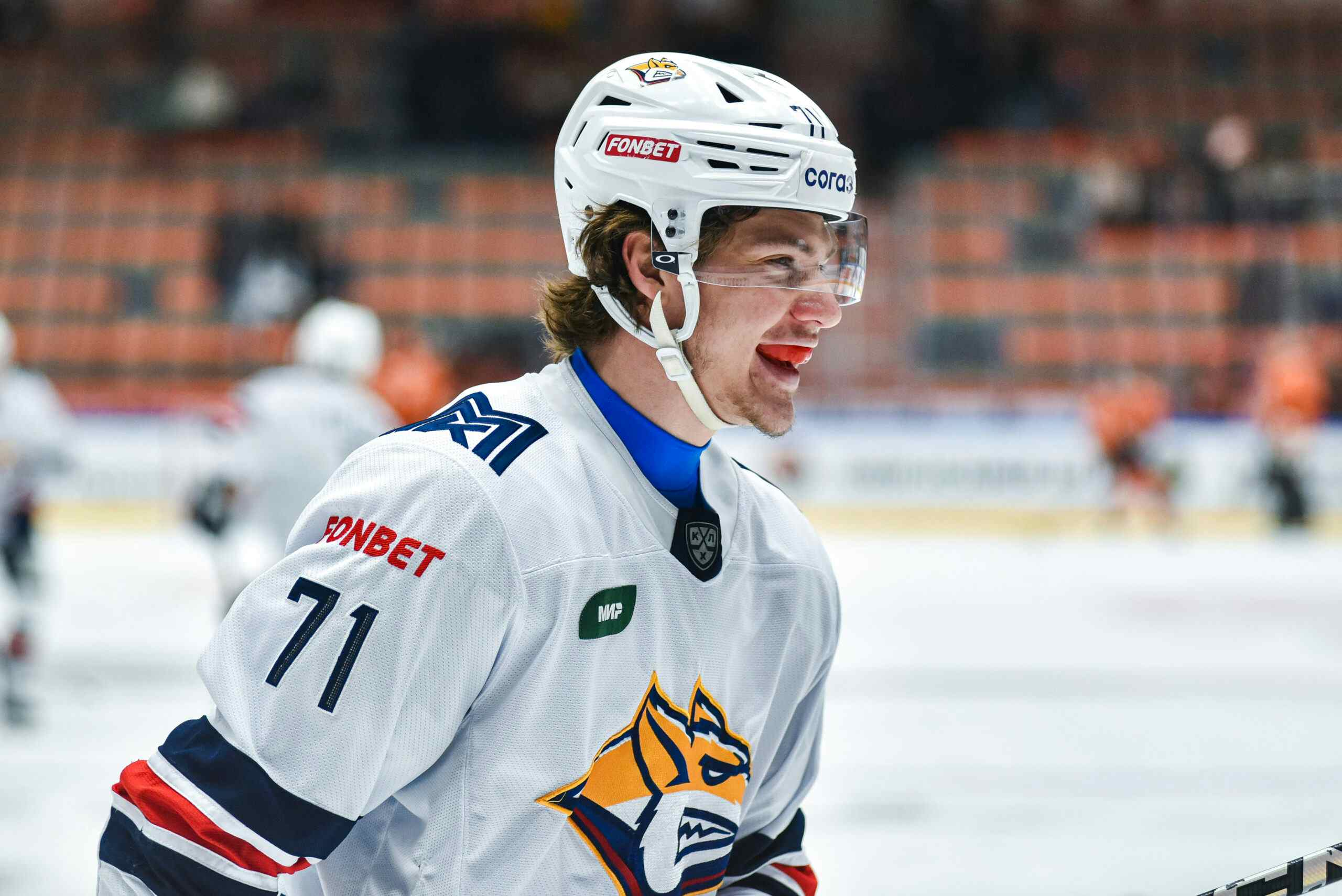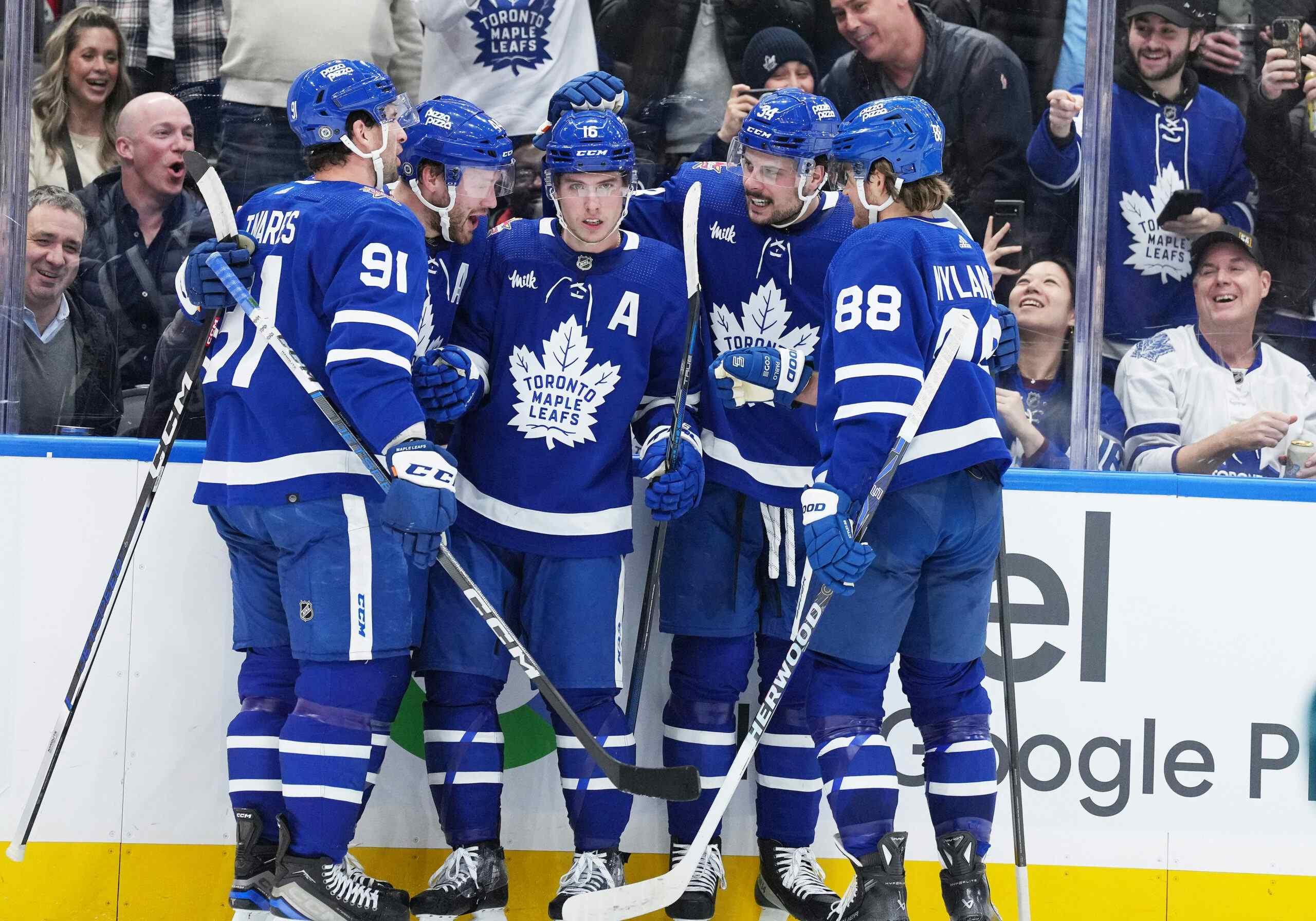Disproving the Improving
So, I’m looking for things to write about today. At the time, it was about 9:30 AM in Vancouver, 12:30 PM in Toronto, so the pickings were relatively slim on a slow news day. But then I stumbled upon an amazing post while going through the new queue on /r/leafs. Or as Reddit would call it, “this gem”. Here’s a thorough analysis.
As a new NHL season slowly appears on the horizon – are you excited?! – we’re afforded the perfect opportunity to look back at what went right and what went wrong for the Toronto Maple Leafs last season.
Oh sweet! We can talk about how getting outshot 65 times a season is a bad strategy. Or how not scoring more than three regulation goals in a game after February probably won’t work. Or how the team had no fourth line, no backup plan once the goalies got hurt, no means of managing the minutes of their defencemen, and made a bunch of counter-productive roster moves.
Or how the team has no proper offensive zone breakout, poorly uses an already bad dump and chase method that leads to a lot of icings, and goes into shutdown mode when they aren’t far enough ahead (read: almost any score) to do so. Basically, Randy Carlyle is a thing and he’s still around. I can keep going, but we all know that there was a lot wrong with this team.
The wounds, of course, are still fresh for many fans and plenty has already been said about the season’s many negatives (I’m no exception here) so it might be nice to focus on one of its few positives instead.
I mean, this wasn’t a sudden dagger to the heart, but sure, positives. Phil Kessel is awesome, Jake Gardiner is awesome, Nazem Kadri is awesome, the Leafs have good goaltenders, they’ve brought in bottom six players who can actually play hockey, and the new assistant coaches seem like good choices.
I’ll show my cards upfront: I’m a huge fan of Tyler Bozak and I think the Leafs got an absolute bargain when they re-signed him to a five-year, $21 million deal last July.
Oh boy, it’s a Tyler Bozak article. Well, he did have an improved offensive year last season, and I dislike management’s commitment to him moreso than I actually dislike him, so I’m open to hear what’s about to be said. Carry on, William!
A quick look at the stats would appear to justify this view.
…this is going to get ugly.
Bozak set a new career high for points in 2013-2014, recording 19 goals and 30 assists for 49 points across 58 games.
He did! Full props to Bozak for his much improved season. Now, I don’t know how much stock I’d put into him maintaining that sort of result; it’s rare for a player to break out so significantly and maintain it, especially when attached to a career high shooting percentage (near the top of the league), and a career high on-ice shooting percentage (very near the top of the league). These are two incredibly hard numbers to maintain year to year, especially OISH%.
There’s also an “intangible” factor that he brings to the team: linemate Phil Kessel seems to play at his best when he’s skating alongside Bozak.
This isn’t true. If you haven’t read this post from last year, you should. Particularly section #2. Anyway, since then, Bozak has increased his career 5v5 points without Kessel from 8 to 11, in 675 minutes played (0.98 pts/60, and the equivalent of about 39 games at his current first-line ice time). This year, Phil Kessel had a higher CF% with Nazem Kadri than with Bozak, though the sample was limited. Bozak had the higher GF%, but again, shooting percentages come into play.
In any event, this year was a step in the right direction, but at best, it’s a step from “actually makes Kessel worse” to “about even, maybe better in lucky situations”.
It’s hard to find a good comparison to Bozak in NHL given he’s somewhat quiet and often goes unnoticed playing between Kessel and James van Riemsdyk, but right winger Ryan Callahan from the Tampa Bay Lightning and center Ryan O’Reilly from the Colorado Avalanche can pass as acceptable comparisons.
This makes no sense. Before we throw Bozak into the mix, O’Reilly and Callahan aren’t even remotely similar players. ROR plays centre, Callahan plays RW. ROR is a lights out, top end possession player on a consistent basis, despite being put in tough situations. Callahan plays easier situations and is decent to below average at driving the play. Callahan is physical, ROR relies on positional play. I can keep going, but the point is, they’re not even comparable to each other.
Mix in Tyler Bozak, and we have a big mess.
These three players are comparable in my opinion because they provide a decent amount of firepower; assume both offensive and defensive roles; and play high minutes for their respective clubs. They’re also on the younger side of things (though Callahan is pushing this argument to the extreme).
Callahan and Bozak have provided firepower once in their career. O’Reilly has been on a 3 year incremental upswing. Getting minutes doesn’t mean you’re particularly effective at your role. As well, Bozak and Callahan are 28 and 29 years old. That isn’t the “younger side of things”, nor is it close to O’Reilly at 23.
O’Reilly is undoubtedly the best player of the trio and his relative youth will likely see this advantage expand over time. However, if the Avalanche hope to keep him next season, they must qualify him at $6.5 million. That puts his “cost effectiveness” into question – a consideration that’s important for all teams in the “new NHL” but especially a young one like Colorado. They’ll have many more of these situations on their hands soon.
That’s great, except for the fact that the Avalanche opted for arbitration and as such, did not have to qualify him at 6.5 million dollars. Even still, a 60 point, 23 year old centre who drives play and doesn’t get into penalty trouble is probably worth that much. But most importantly, again, there is no qualifying offer involved.
O’Reilly recorded 64 points (28 goals, 36 assists) in 80 games last season, which is better than Bozak on an overall basis but actually falls below him when points-per-game are taken into consideration.
If you opt for minute-based production rates rather than games (remember, Colorado is a magical place where Paul Statsny existed and Matt Duchene still does, lowering average TOI), they’re both at 2.42, with O’Reilly being slightly better. So there’s that. Though, in fairness, Bozak fared better at 5 on 5 this year.
On the other hand, Callahan’s production has dropped over the last two seasons and it was his exorbitant contract demands that saw the New York Rangers trade him to Tampa Bay in March. Callahan recorded just 36 points (17 goals, 19 assists) in 65 games playing for the two teams. Desperate for depth, however, the Lightning re-signed him to a six-year, $34.8 million deal this off-season.
So, even this guy knows that Callahan isn’t actually comparable to the other subjects.
Once again, my intention here is not to say these three players are equal but that they form a useful group for the purpose of comparison. From the financial figures and offensive numbers discussed above, I think it’s safe to say Bozak offers the greatest bang for the buck.
While Bozak’s contract is probably better than Callahan’s, I don’t think that it’s fair to say that he offers better bang for buck in any sense other than “dollars per point”. You may say that’s important; but value in offensive players is not linear. If it was, Sidney Crosby would be considered hilariously overpaid. You pay a premium for premium players, and O’Reilly is definitely one of those guys.
This isn’t even a hit on Bozak. He’s obviously not going to reject a situation that is advantageous to his playing career and financial status, and realistically, he’s getting paid a fair price for the minutes that he logs, even if he’s not particularly great at doing stuff when he logs them. But acknowledging that he’s not the solution on the top line is something for the coaching staff and management to address.
What this actually is, is a shot at a lazy article, that fails to look past a very thin tip of an iceberg when presenting it’s argument. There’s statements that have been proven to be untrue, there’s some awful comparables, and they all come to a point that is completely irrelevant.
If there’s one weakness in Bozak’s game, it concerns his penchant for injuries. They were a big factor for him this season. He’ll need to stay clear of the infirmary next season if he hopes to improve even further.
I mean, there’s several weaknesses – every player has multiple. But at least you made a bit of sense to close off.
Recent articles from Jeff Veillette





